In November 2019, we launched the inaugural This is Gender competition in response to the lack of representational diversity and critically reflective images of gender in global health. In the highly politicised and contested contemporary environment where the very concepts of gender and gender equality, and those who dare to promote it, are under attack worldwide, images that explore gender in all its dazzling diversity are more important than ever.
We received over 400 submissions from 53 different countries across all 7 regions of the world. By turns playful, poetic and challenging, each image shows us a different face of gender.
Mobilised into dialogue with one another, the works challenge, confront and complexify the lens through which we envision our gendered world. They hold up a mirror to the diverse ways gender norms – rigid and fluid, traditional and progressive – are lived and subverted by men, women, transgender and non-binary people.
Together they tell a different story of gender.
Winning image
Andrei Liankevich‘s stunning portrait of Maria was selected by our international judging panel for its rich visuals and compelling narrative of hope and independence for elderly women. You can read more about Andrei’s creative process and his winning image in our exclusive Representation Matters interview.
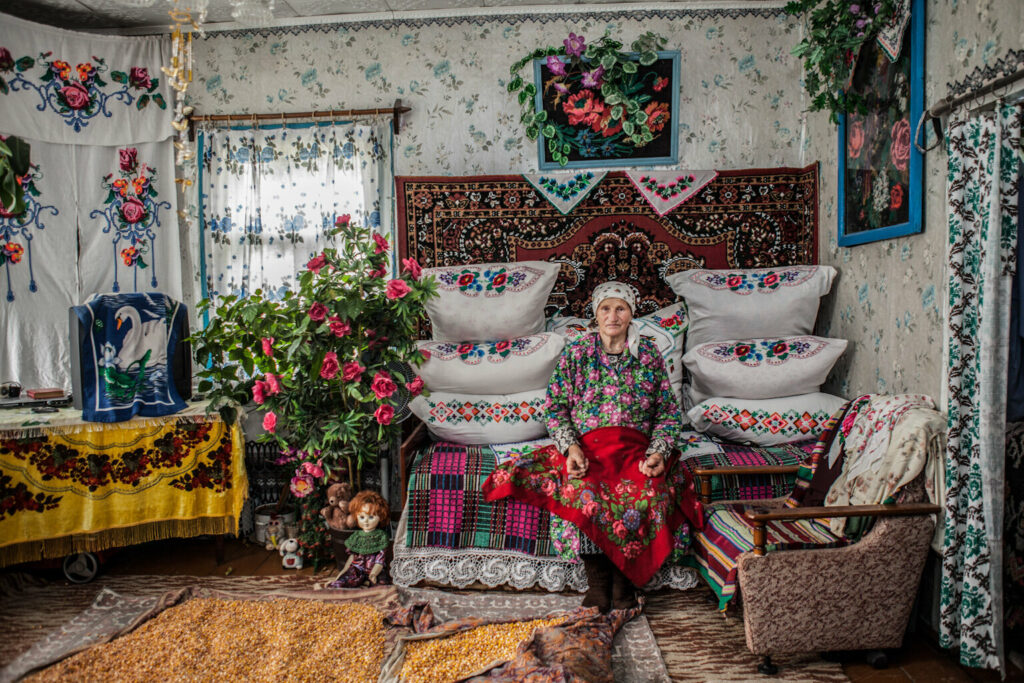
Shortlisted images
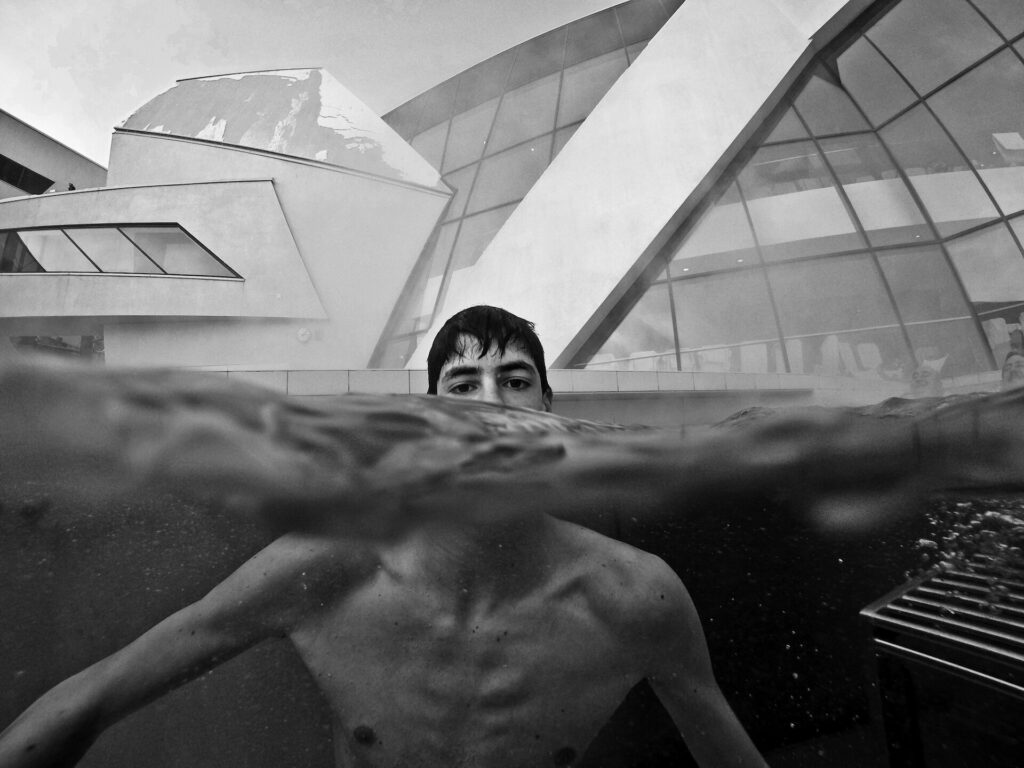
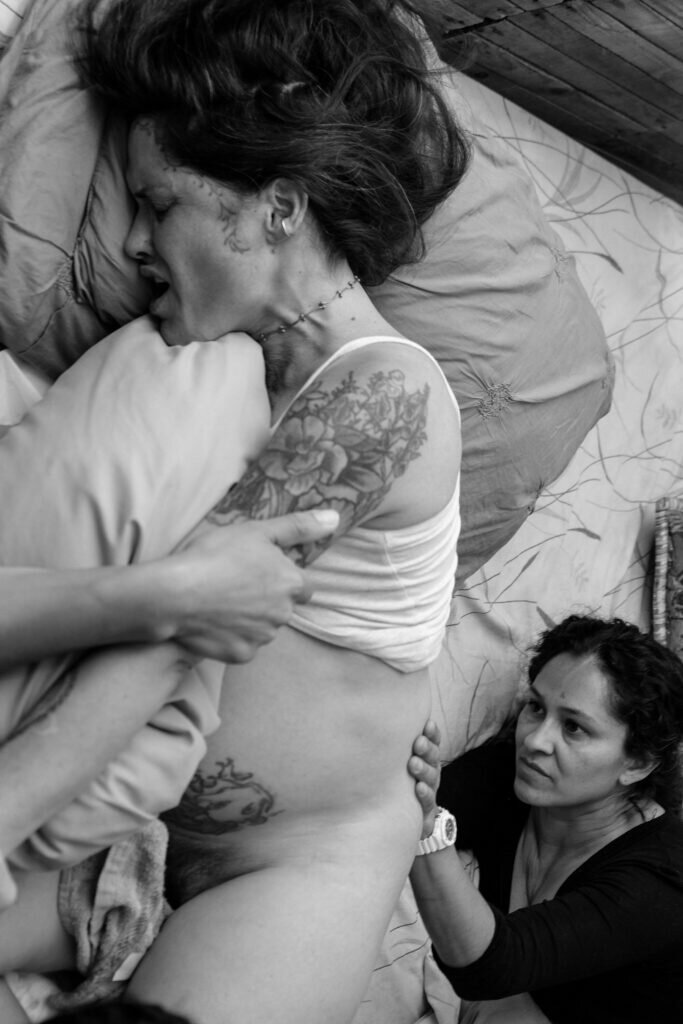
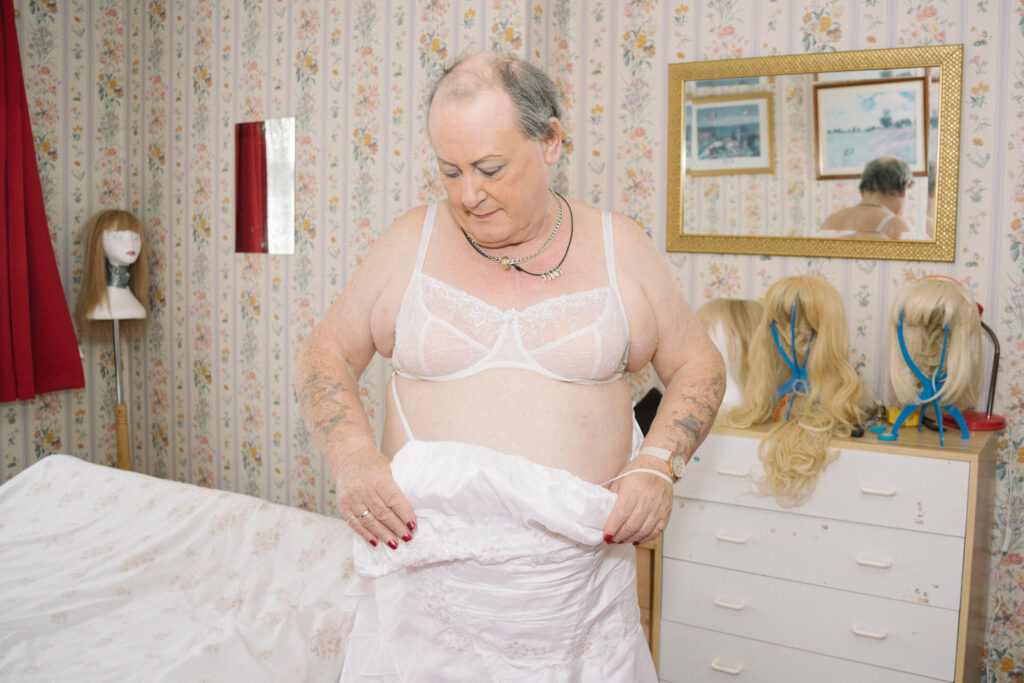
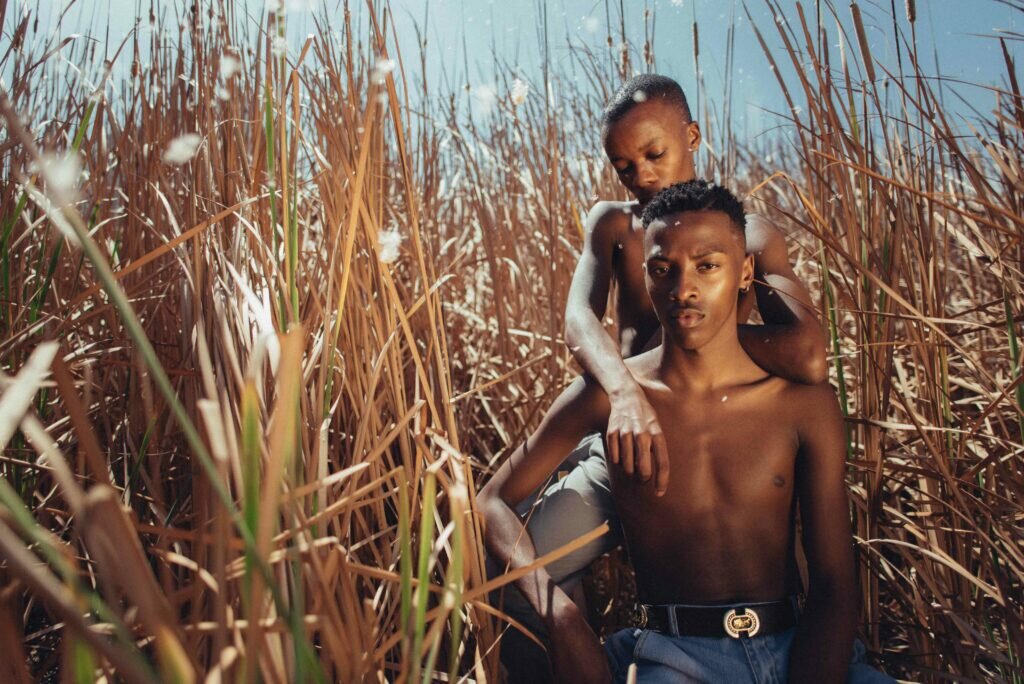
A broken system
Our Global Health 50/50 2020 Report paints a picture of a broken and outdated global health system with three major fault lines:
- Historical power asymmetries continue to plague the global health system, which are rooted in imperialism, post-World War II governance structures and patriarchal norms and practices.
- Patterns of privilege drive a troubling lack of gender equality and diversity within global health organisations.
- The global health sector is still failing to take gender seriously and there is a startling mismatch between the global burdens of disease and the stated priorities of global health organisations and funders.
The unequal distribution of power, privilege and priorities is undermining global efforts to reach health-related Sustainable Development Goals and has profound consequences measured in early deaths, unnecessary disabilities, and enduring injustices and inequalities. But change is possible.
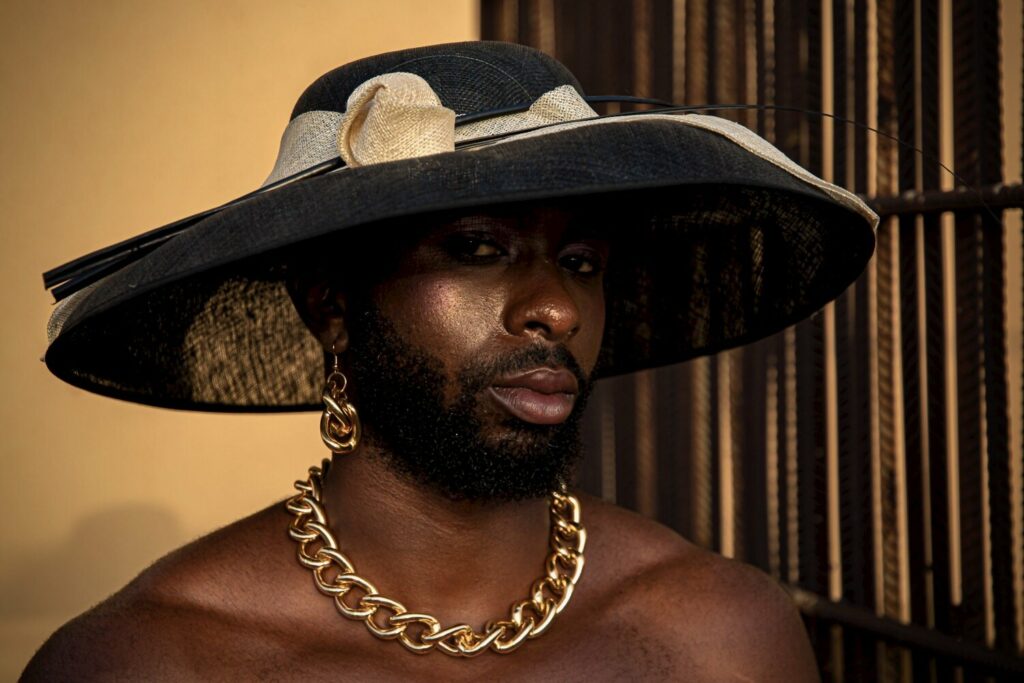
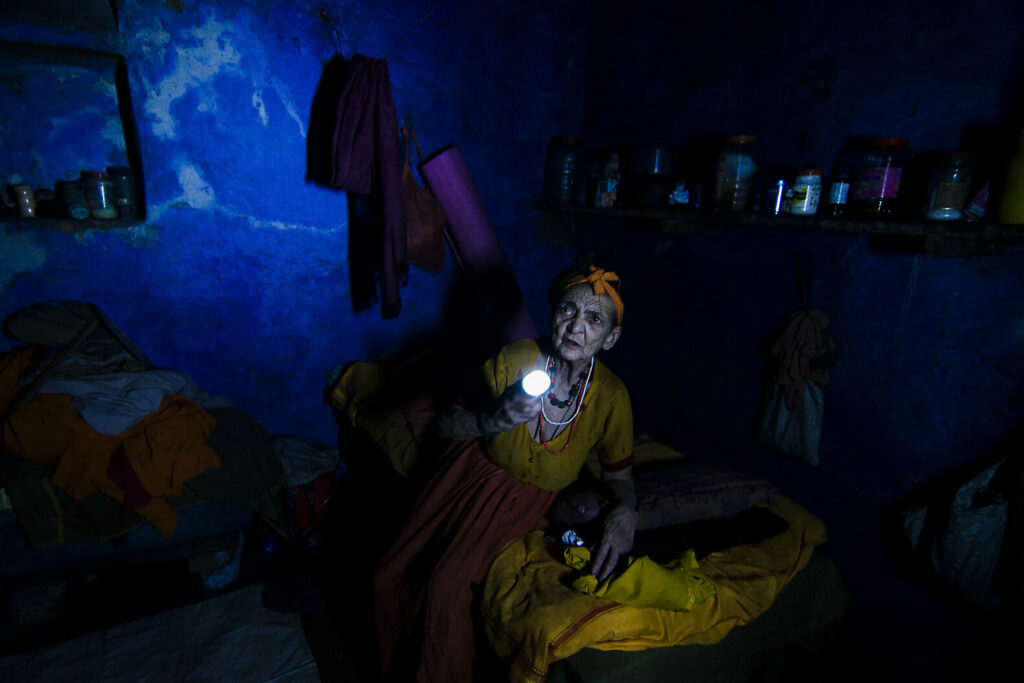
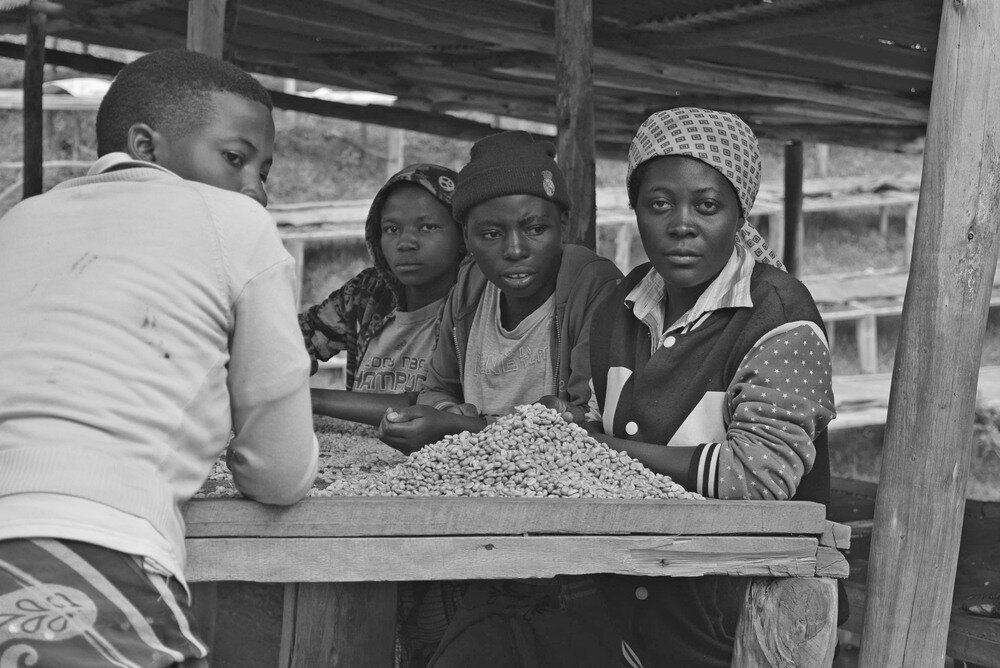
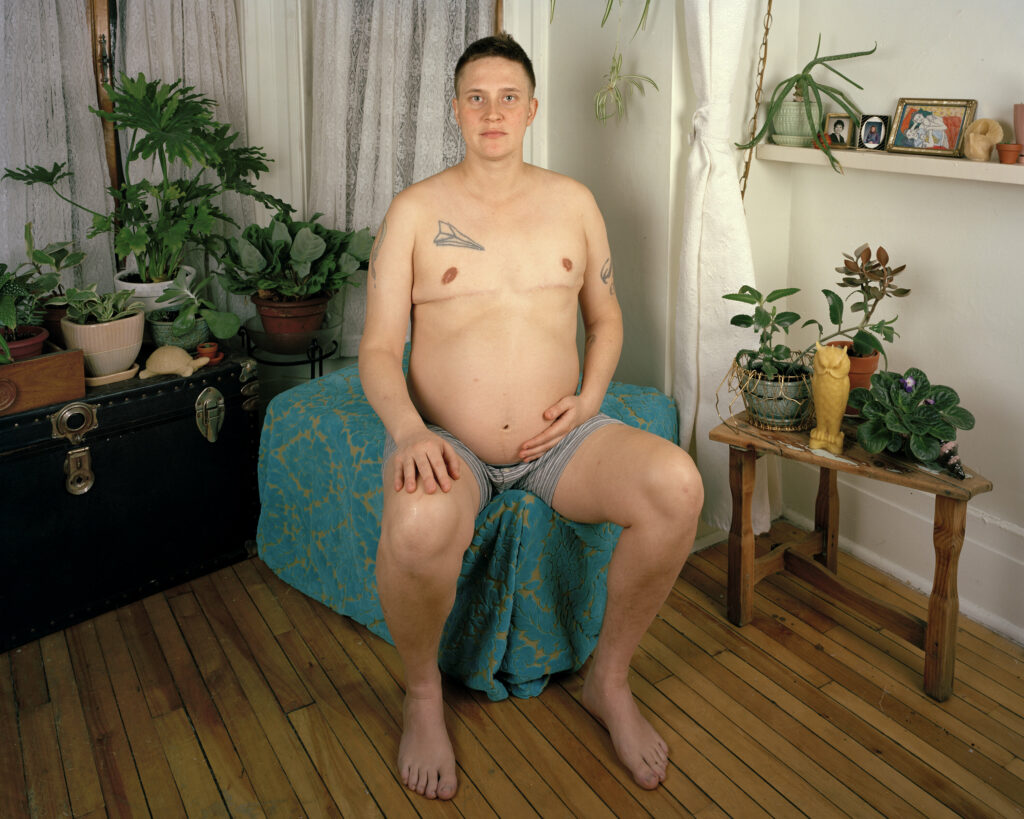
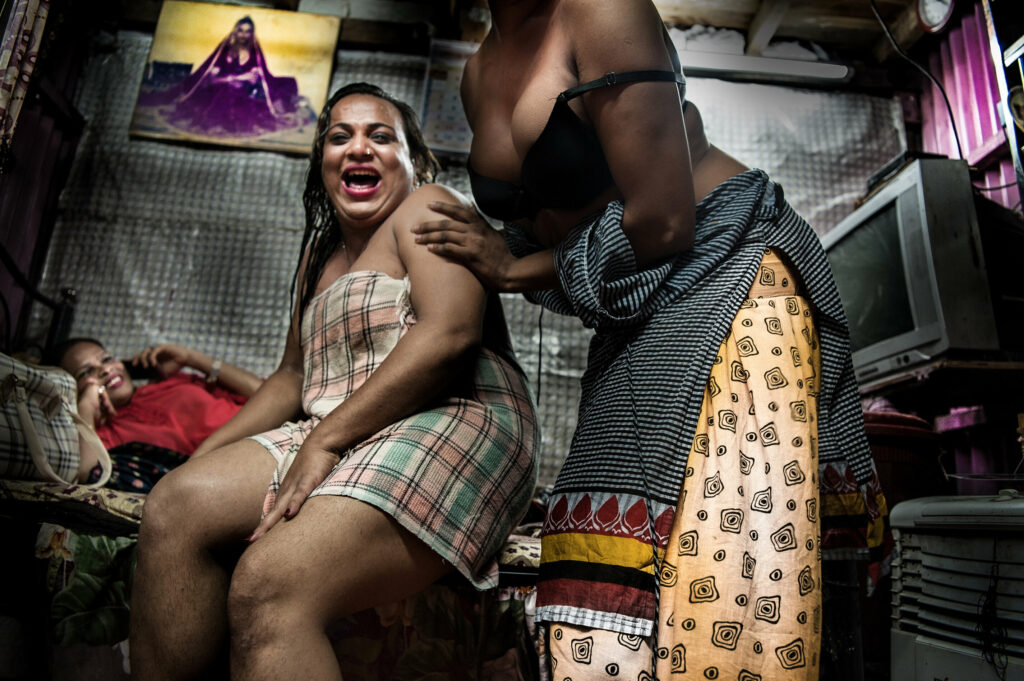
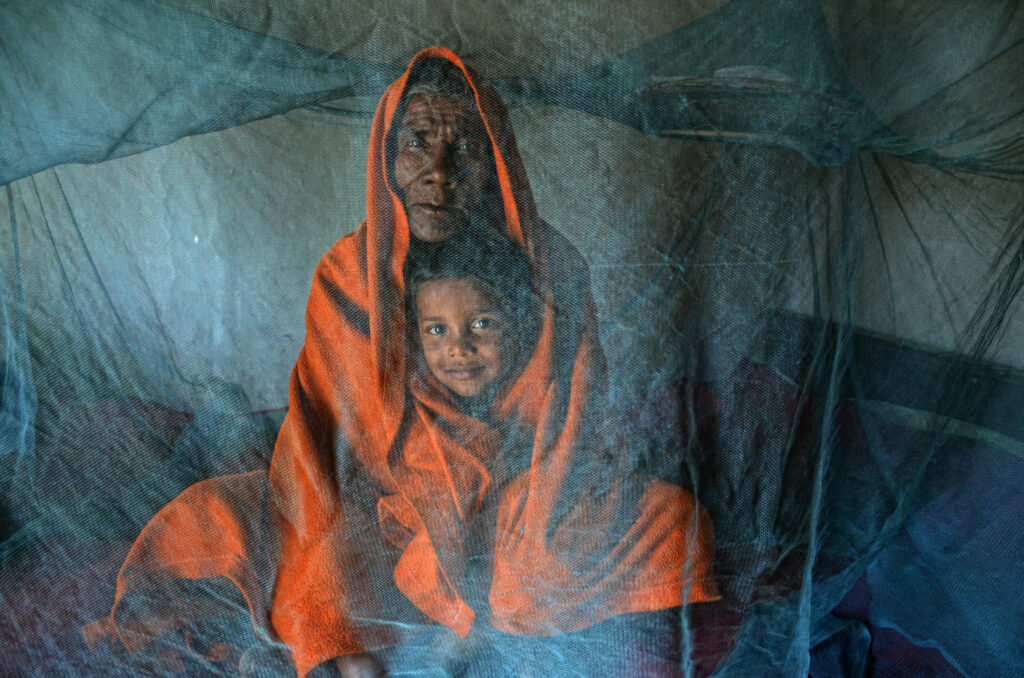
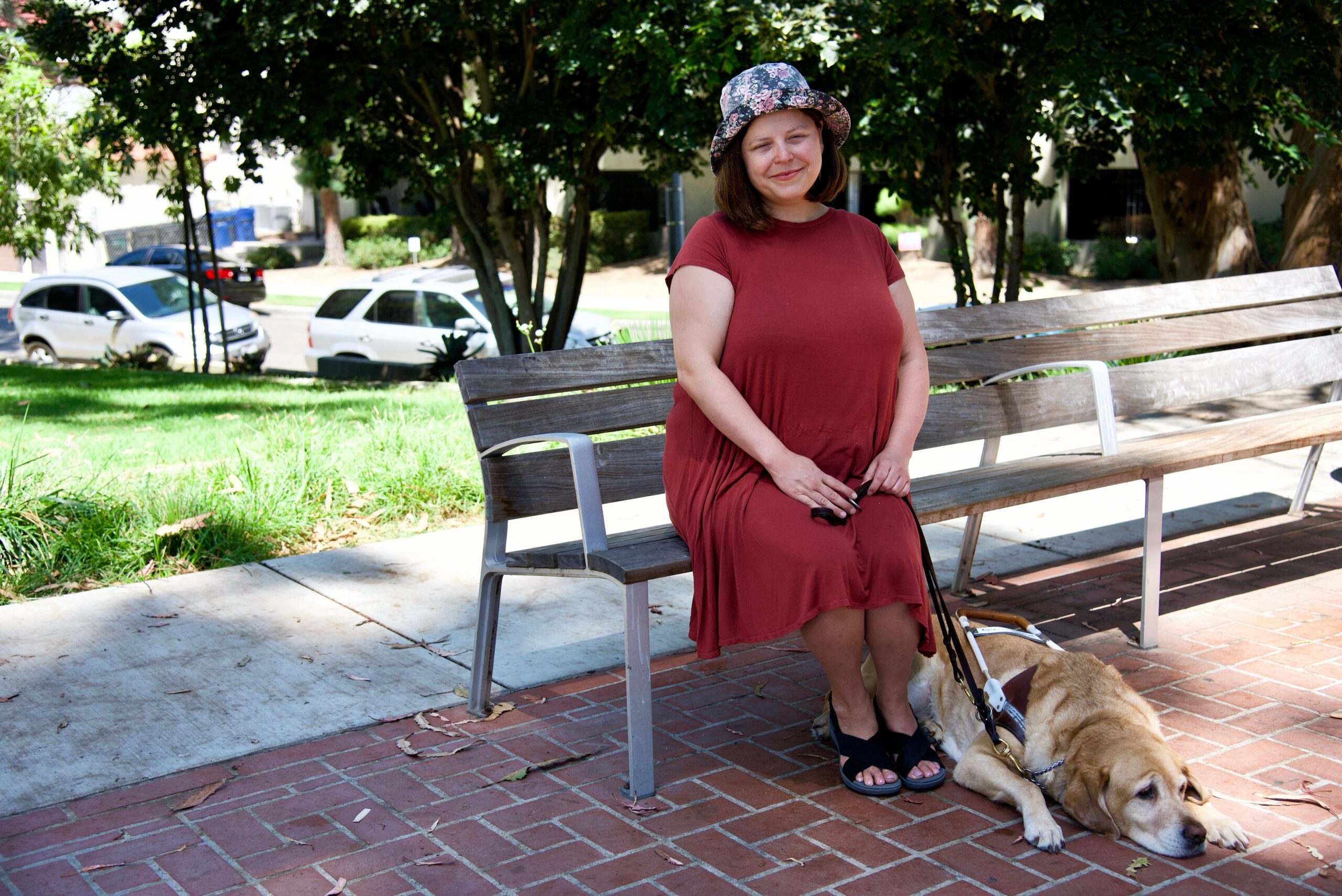
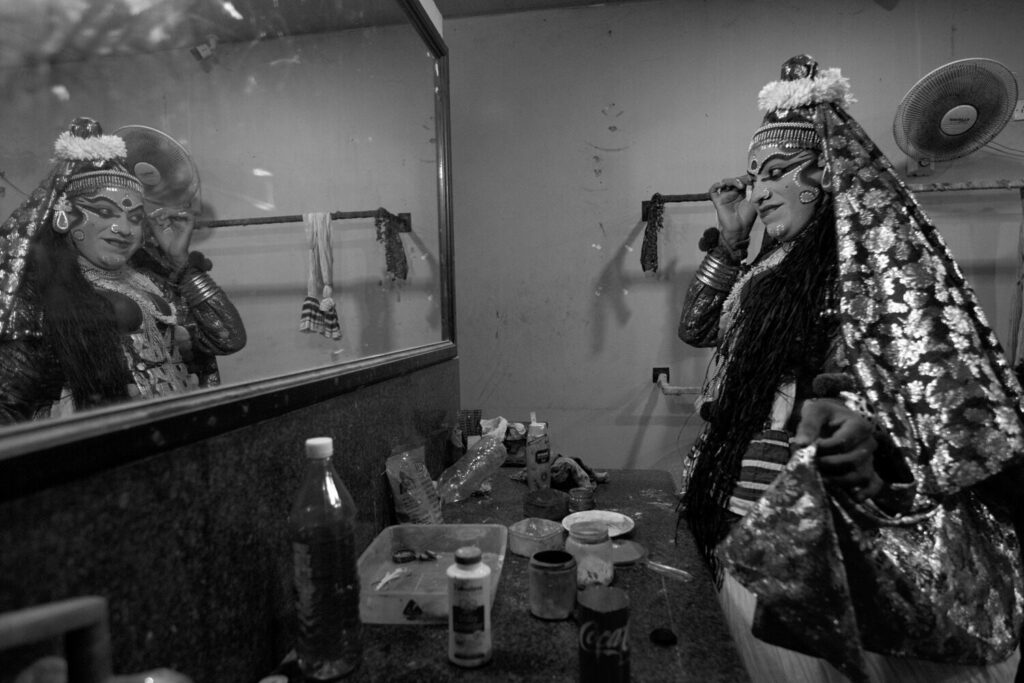
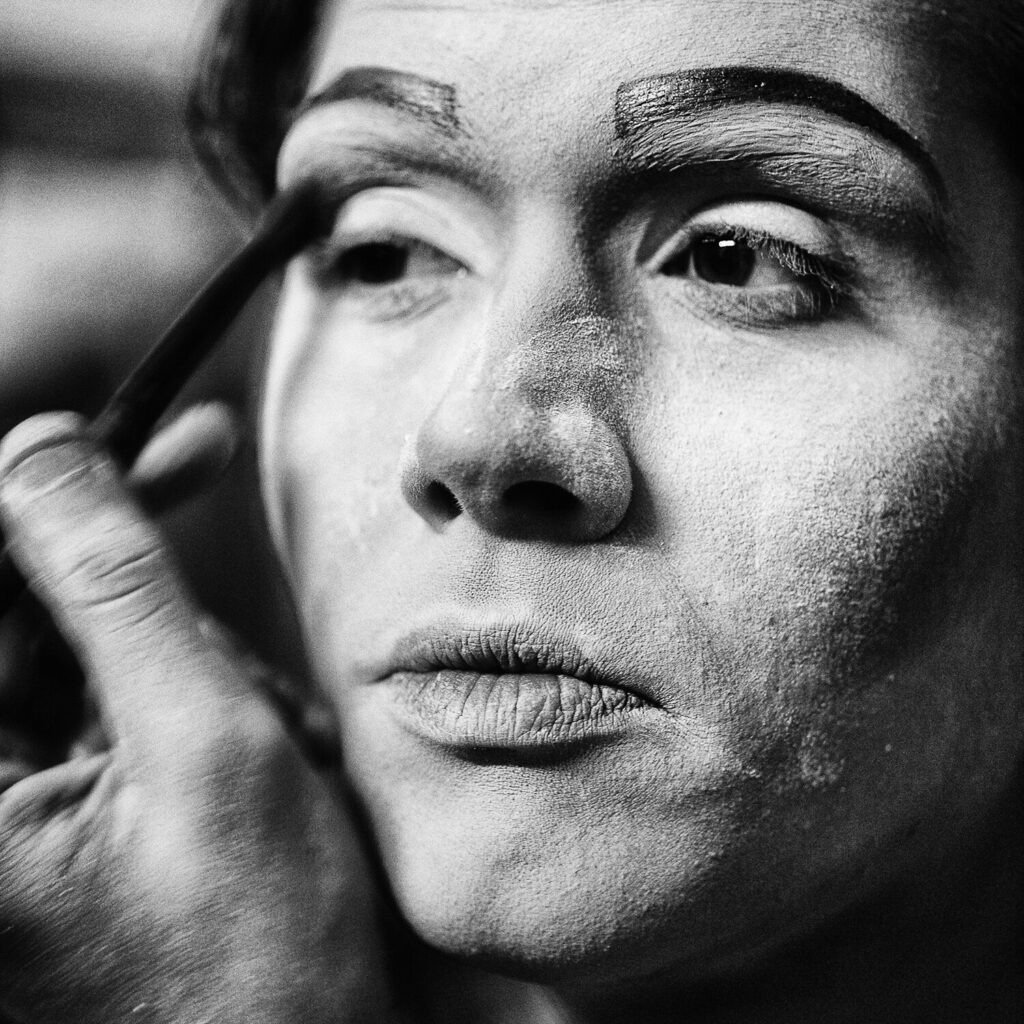
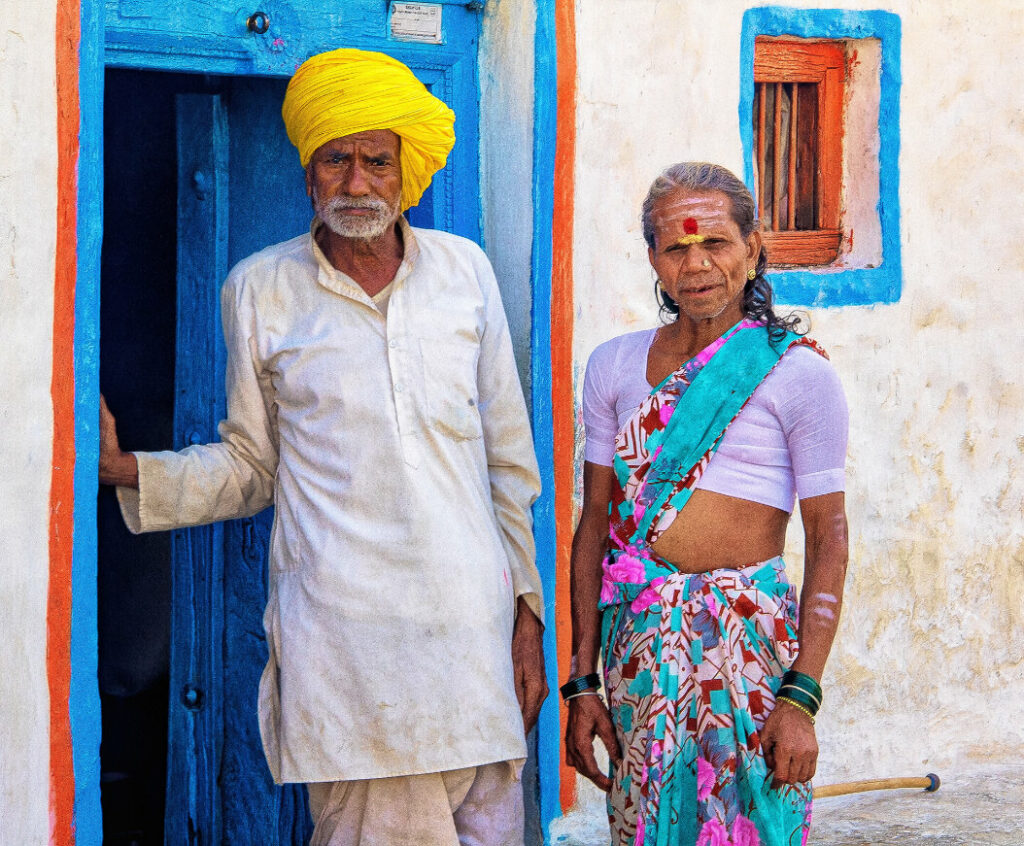
Power, privilege… and photography
How do photography and, more broadly, representational practices influence, reinforce, and complicate patterns of power, privilege, and priorities?
Photography is a tool of political, social, and representational power.
To take a photo freezes a moment in time, creating a space for encounter and contemplation. Each photograph carries a network of historically specific interpretations and contexts. What is made visible in the frame and what is left unseen shapes the social and political relations between the subject and the observer.
When we share an image with a wider audience—through marketing materials, reports, websites, or social media—we consciously and unconsciously enforce a particular perspective shaped by the politics of representation.
Power, privilege, and priorities are embedded in photography at every stage, from production and distribution to exchange and consumption.
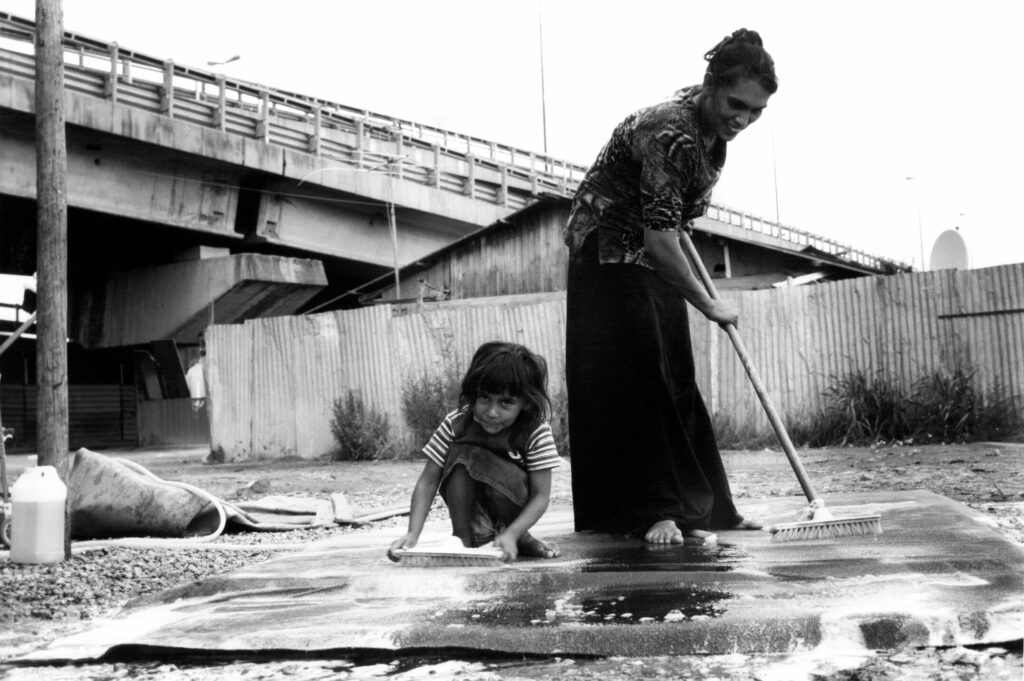

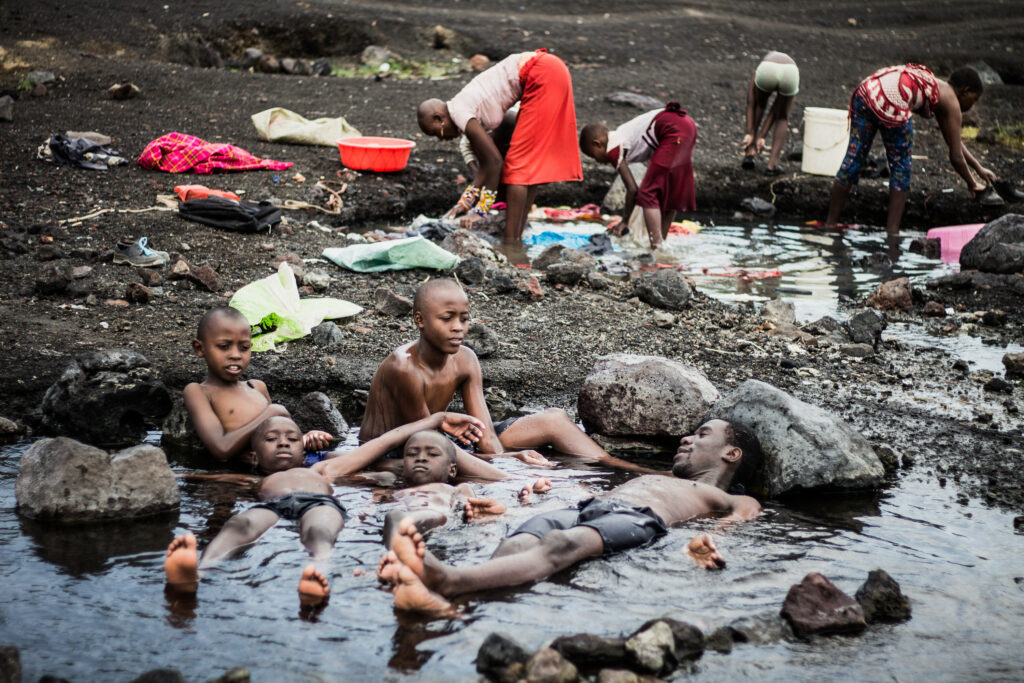
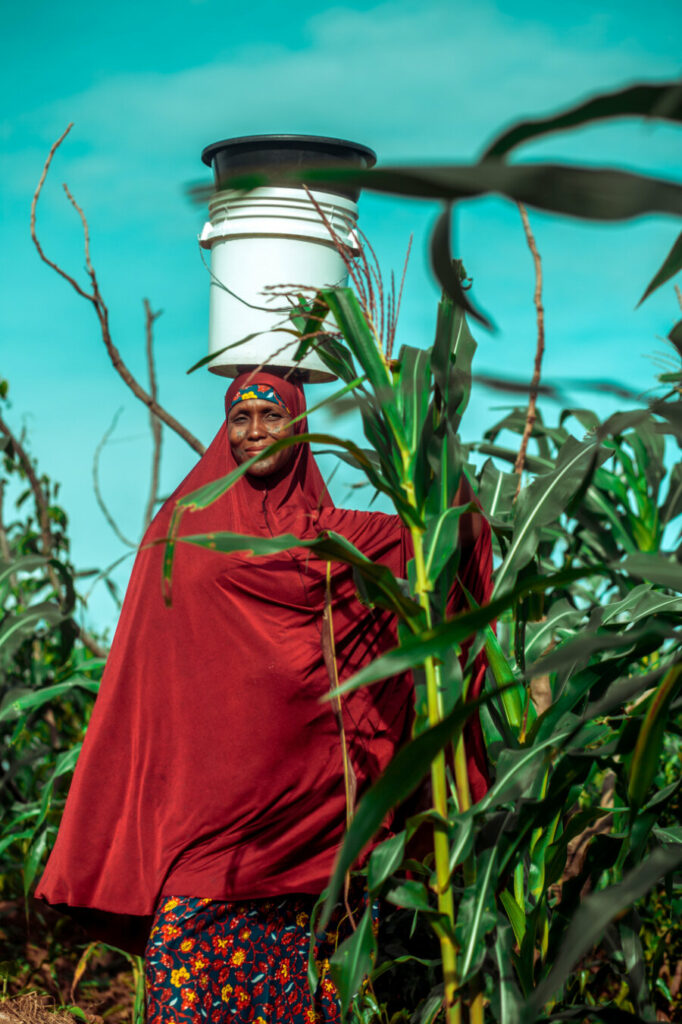
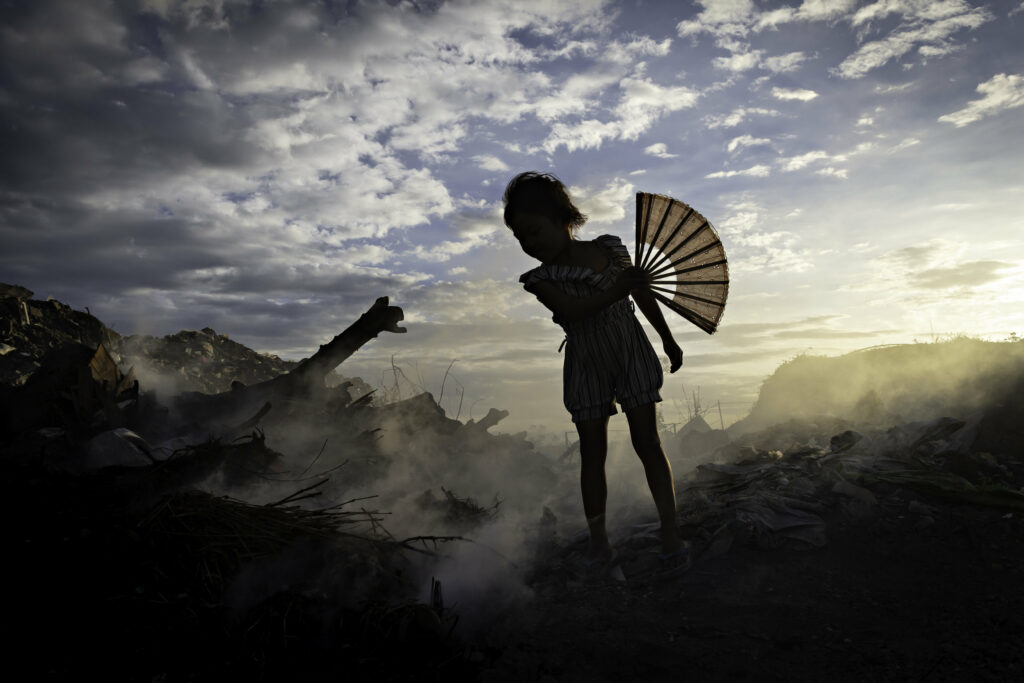
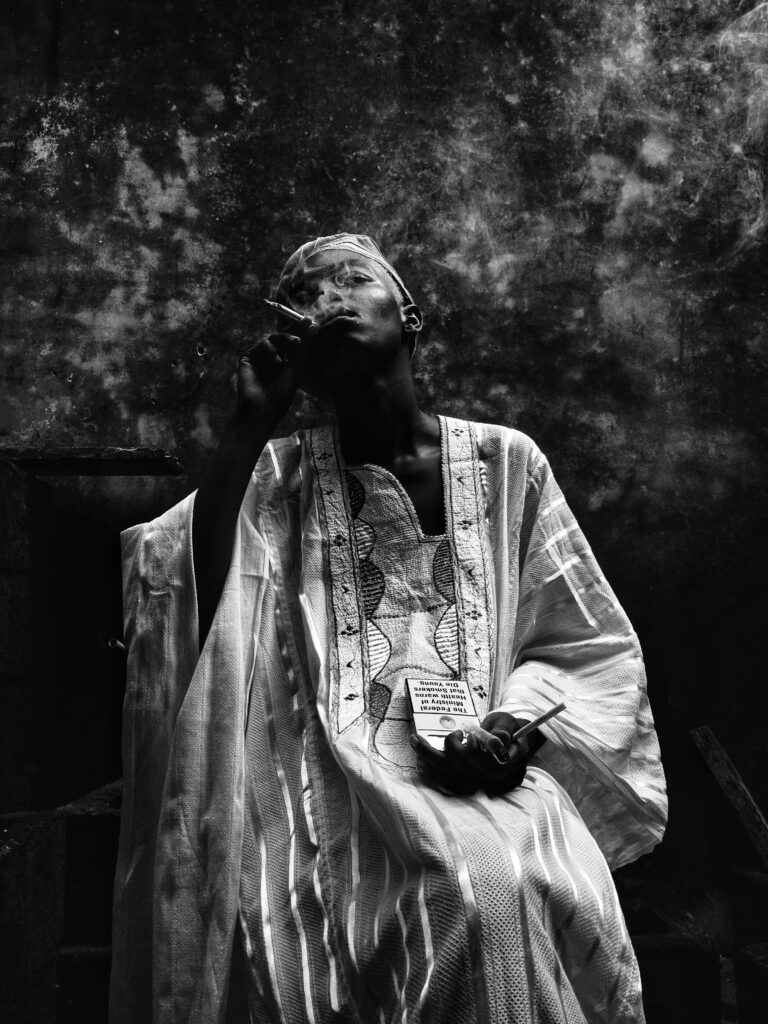
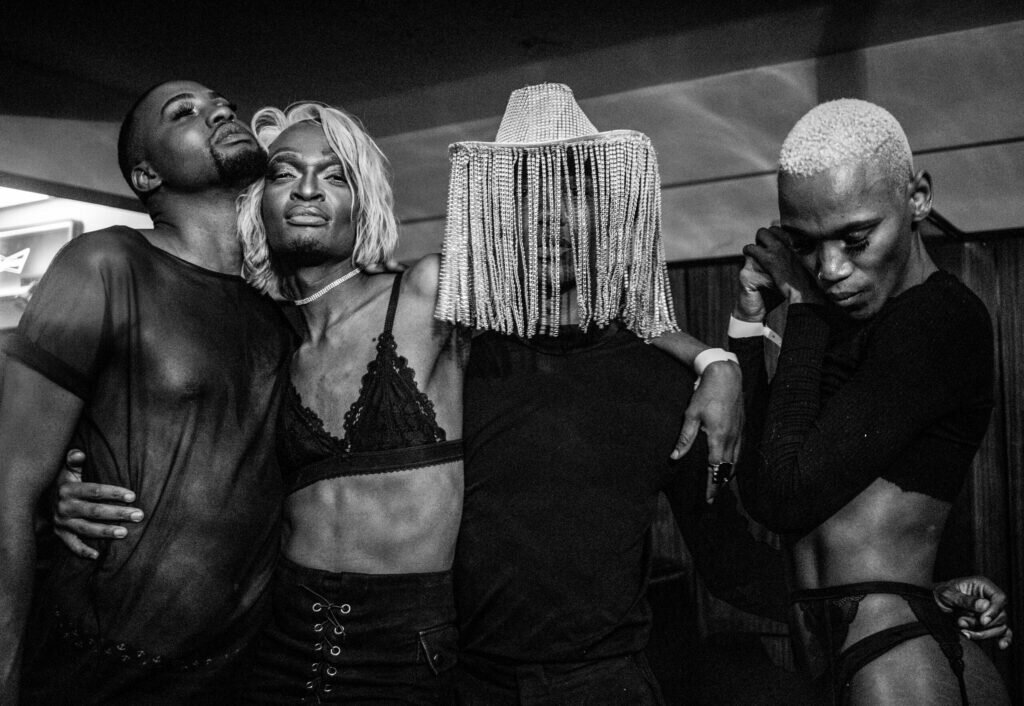
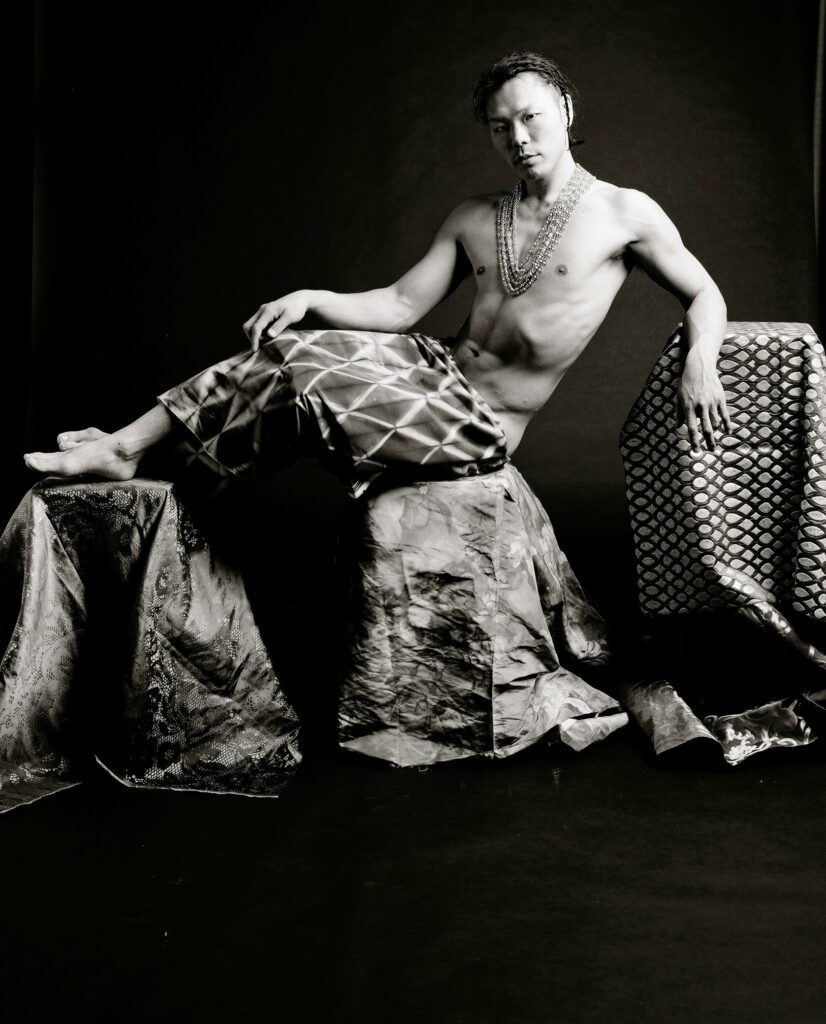
Camilla Douraghy.
The Judging panel
Special thanks to our panel of international experts who helped to shape the exhibition and reflect on our own representational practices.
James Chau, host of The China Current; World Health Organization and UNAIDS Goodwill Ambassador
Yagazie Emezi, artist and self-taught documentary photographer, based in Nigeria
Elena Fortes, co-founder of No Ficción and Ambulante, Mexico’s largest documentary festival
Sahra Mani, an award-winning filmmaker, university lecturer and founder of Afghanistan Documentary House.
Where next?
Dive into the visuals and data of our Global Health 50/50 2020 report: Power, Privilege and Priorities.
Dive into the creative processes, visual ethics, and exclusive behind-the-scenes details of selected images in our Representation Matters series.
Interested in guest curating a story for our platform? To express interest in curating your own story, contact our curator, Imogen Bakelmun, at imogen.bakelmun@globalhealth5050.org.
For inquiries about This is Gender 2020: Power, Privilege and Priorities contact our curator Imogen Bakelmun at imogen.bakelmun@globalhealth5050.org.
